Building a new home? Skip these builder upgrades.
Picking out options can be overwhelming. Knowing which upgrades are worth it and which are not, can save you a lot of money down the road.
I’m sure you’ve seen the signs driving around “new neighborhood starting at $xxx,xxx”. They lure you in, but once you start adding the lot premium, a bonus room, extra outlets, it all starts to add up… fast.
**This post contains affiliate links for various brands including Amazon, which does not cost you anything extra, but helps me earn a small commission that keeps my business grow. Click here for my complete disclosure.
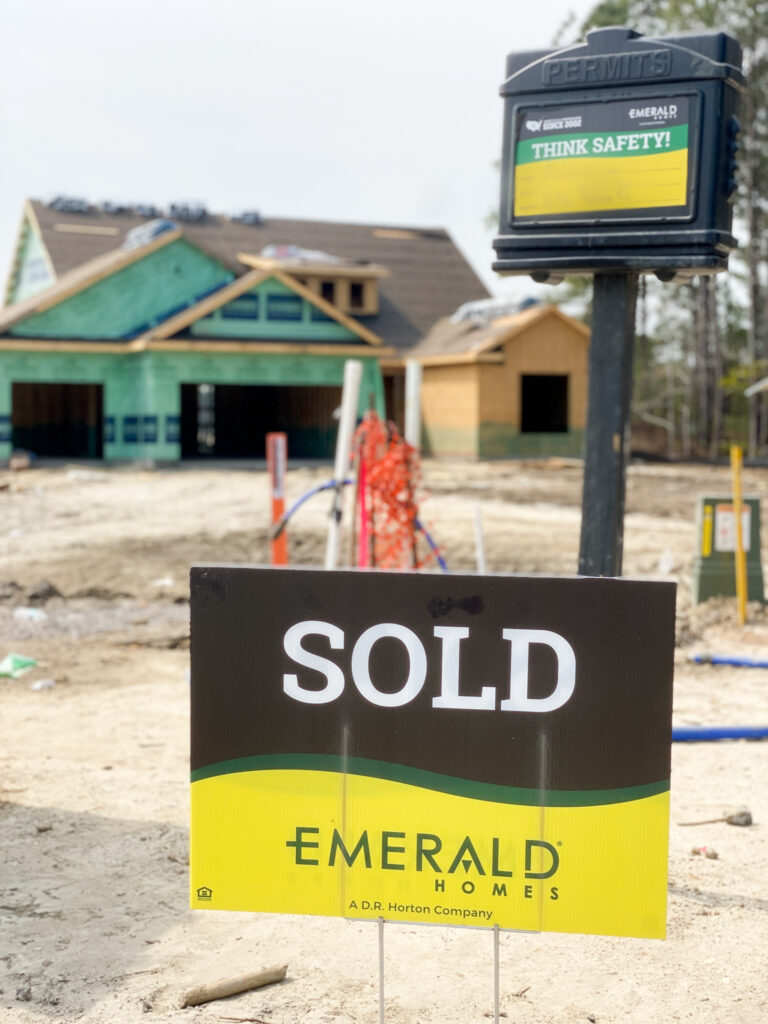
Pump the brakes my friend.
While it may be appealing, not all builder upgrades are going to bring value to your new home. These are the top 4 builder upgrades to consider passing on:
1- Appliances
Aside from the fact that the brand of appliance may not be your first choice, avoid upgrading without first comparing the cost. We chose whatever came with the kitchen. We may decide later to purchase a higher end appliance during one of the holiday sales.
2- Lighting
For this one, I am just speaking on fixtures and ceiling fans, I’ll touch on electrical later. None of the lighting fixtures or the upgraded options available wow’d us. Your money would be better spent on purchasing something you’re in love with and either installing it yourself, or hiring someone. As my daughter puts it, we’ll have a saggy boob light in our foyer in the meantime and now I can’t unsee that image in my head.
3- Outdoor space
I know it’s easier, and tempting, to have the builder go ahead and screen in your porch or extend out your patio, but again, that comes with a huge markup. This is an area we learned from experience. The cost to extend our patio after we closed would have been way cheaper had we waited. Even our sales agent agreed it was smarter to wait.
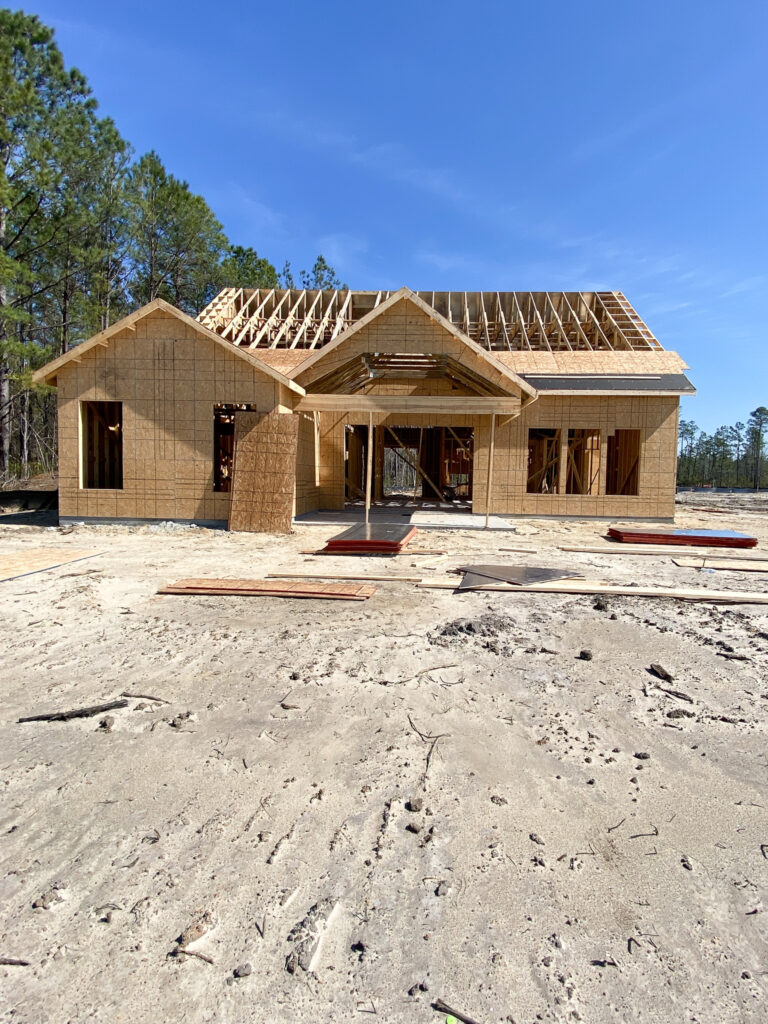
4- Tile
There may be different views on this, but if you have to pick and choose to keep your house cost down, this is one area that gets expensive quick. Instead of putting tile in all the bathrooms, maybe only put it in the master bathroom. Another area to cut the tile cost, don’t add a kitchen backsplash. Check out how we did our most recent kitchen backsplash on our own.
HOWEVER
I broke my own rule this time and it’s only because the whole reason we’re even building our home is because I don’t want to do tile work ever again.
There I said it.
What should you upgrade when building?
Structural
Anything that will require permitting and inspections, it’s worth it to spend the money upfront. Thankfully, the people who had already started on the building process and backed out on the lot that we wanted, picked all the structural items we had already wanted. The return on the investment makes structural additions worth the investment.
Plumbing and electrical
All the things that live inside your walls and ceiling, is a lot easier to install before drywall install, than after the fact. Even though we didn’t upgrade the builder lighting fixtures, adding additional can lighting, a plug for a future hot tub, and additional outlets is better to do now. When we met with the contractor, he said to add any of those things later would be like performing surgery and your home will have scars where things had to be patched.
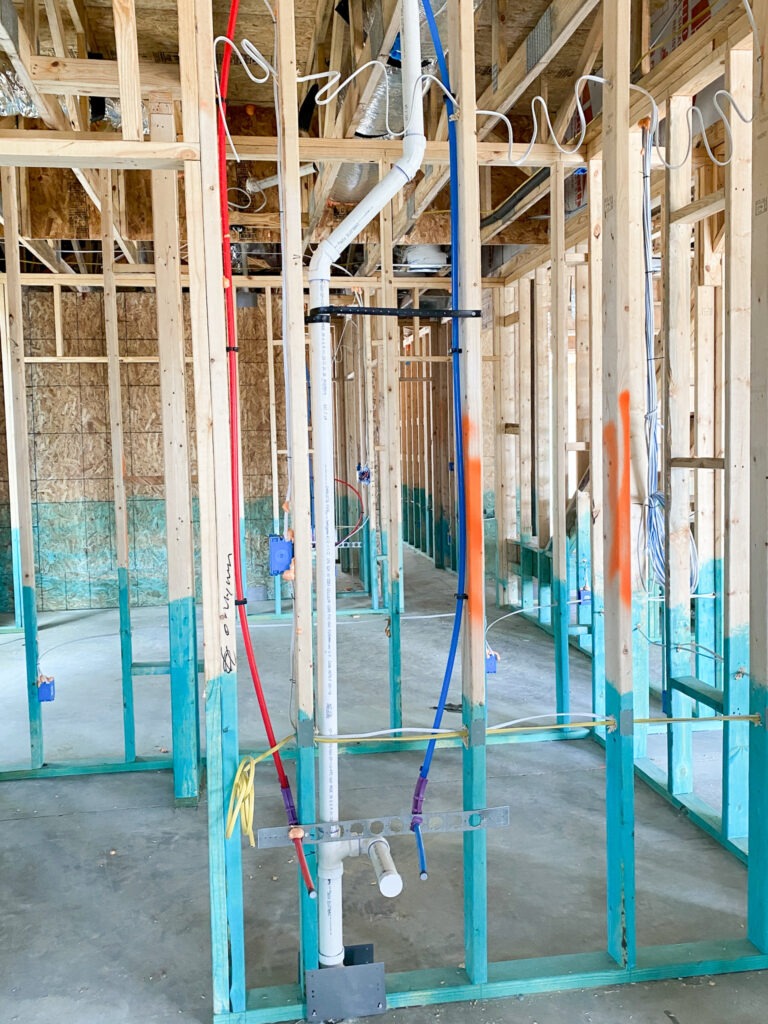
Same goes for plumbing, better to do it early than later. An additional bathroom means that the septic system and all that went with the supply lines, needed an upgrade as well.
Location
Aside from picking your home, where you put your home is even more important. This is where you hear “lot premiums” and the better the location, the more you’ll pay. The location for this home is exactly what drew us into this neighborhood in the first place, the house was just the cherry on top. Having a bigger yard for our dogs, backing up to a lake, and being at the end of a cul de sac were super important to us.
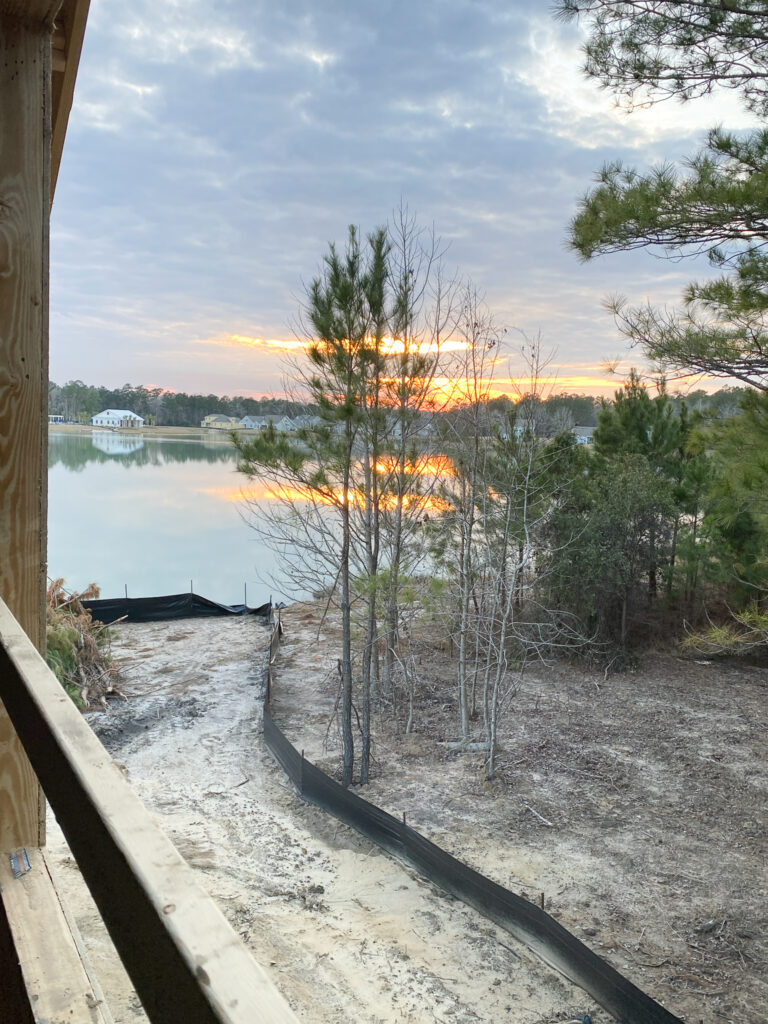
Flooring
While the return on the investment may not be as big as something structural, it is definitely an upgrade future buyers will appreciate. Having dogs and changing to vinyl plank flooring, I did not want carpet in a majority of the home.
At the end of the day, you have to be happy.
Trust me, I get it, this is your dream home and what is important to me may look different for you and that’s ok. What you need to keep in the back of your mind, whatever you pick, will be mortgaged over the life of your loan. Adding an extra room will give you a way better payout in the long run than adding an upgraded lighting fixture package.
If you’re still feeling overwhelmed, it’s a good idea to have a realtor with you when making these decisions. It doesn’t cost you anything extra to have one on your side and they can help you figure out what is a better return on investment and what is something you can wait for until later. At the end of the day it’s important to have a payment that you’re comfortable with.

Let's connect!!
Stay connected for all your DIY and organizing needs!
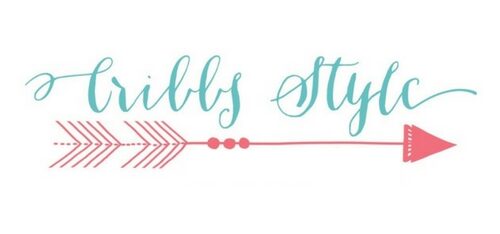
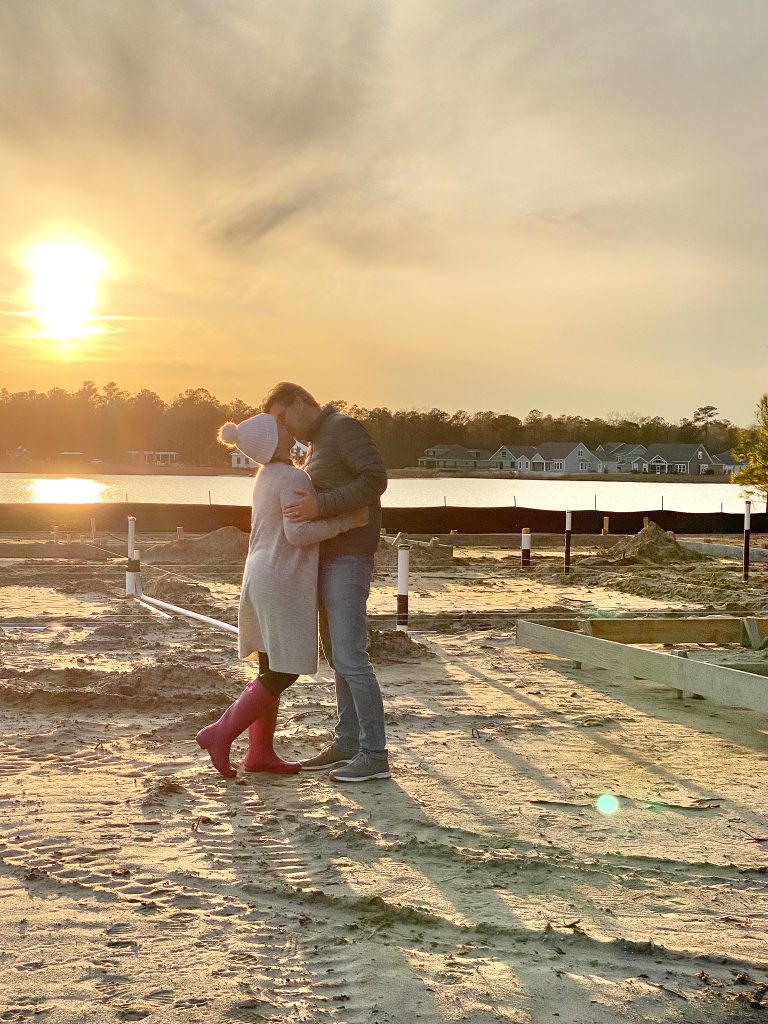
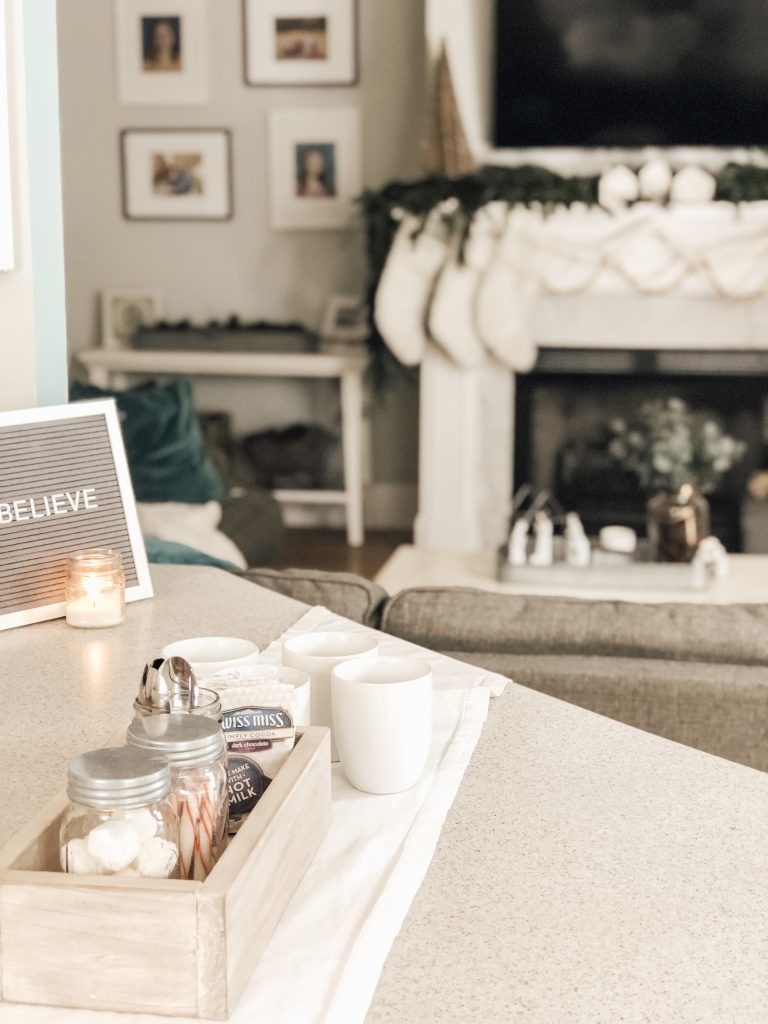

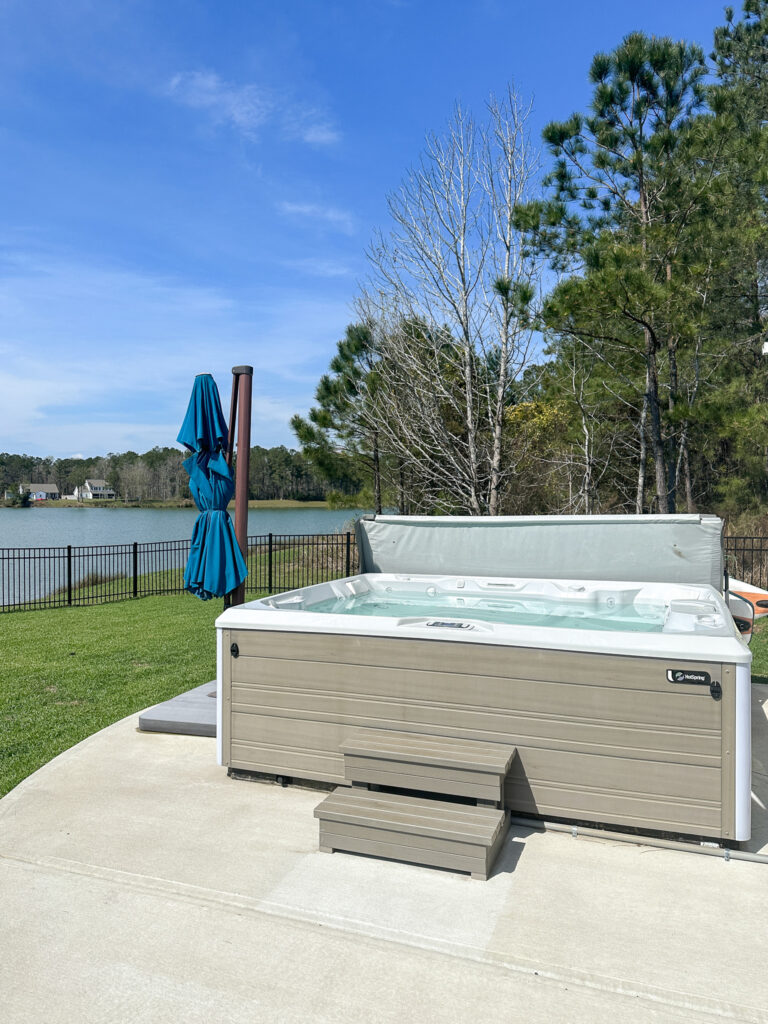
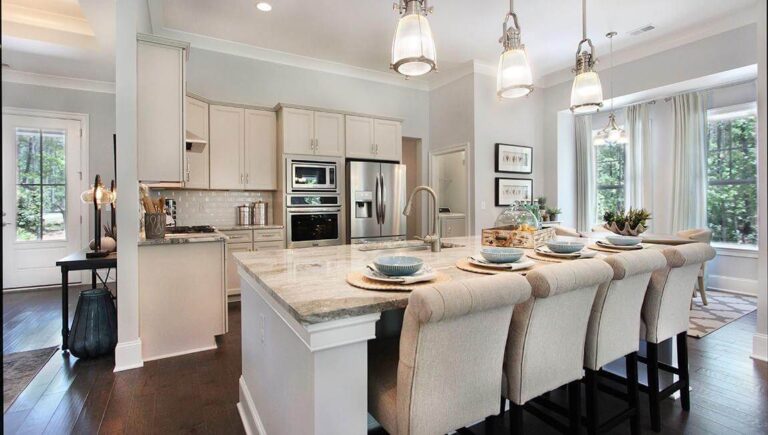
As someone in the industry, I have to disagree on two points (though one for sure is subtle). If you can, absolutely upgrade your appliances. First, the additional cost of the upgrade is almost always substantially less than an entirely new appliance. Yes this may depend on the builder, but you’re getting the initial cost of product and installation credited against the higher end product so unless you’re getting exceptionally fancy, it is still less. Speaking of getting fancy, remember cabinets are built to specific appliances so if you want to upgrade to that nice 36” dual fuel range later, you’ll be ripping out countertops and cabinets to make it work, that’s never a good value. Many of the higher end products also have specific ducting, electrical and gas location requirements which also can contribute significantly to costs when they are added later. That nice dual fuel range, even at 30”, is going to need a more powerful hood, and the shrimpy 5” duct included with your home (if you’re fortunate enough to buy from a builder that vents your hood) may not do the trick.
Secondly, tile 😊. Same principle here. If your builder supplies the tile, upgrading now will ALWAYS be more affordable than ripping up the ‘builder grade’ product and starting over. I do agree that if the area doesn’t get tile included, you aren’t getting the value of having the labor and materials credited toward the upgrade and can likely save money doing it yourself.
One other important caveat is the length of time you plan to spend in the home. It seems counterintuitive but the shorter you plan to stay, the more you should upgrade through the builder. Sounds crazy right? Hear me out. If this is your forever home, you aren’t as concerned with immediate return on your investment, and mortgaging things for 30 years will only increase your costs. However, there are two important things to consider if you plan to stay 7 years or less (and this becomes more important the shorter you stay). Let’s say you want hardwood floors, and plan to stay 5 years. When you go to sell the house, that additional cost is reflected in the ORIGINAL sales price of the house when you upgrade with the builder. If you dump $20k into the house on those floors, that isn’t captured in the MLS. The next buyers may not feel like you ‘deserve’ to sell your home with such a steep increase in value over a short time. This is compounded by appliances, window treatments etc. all those big ticket out of pocket costs are ‘invisible’ to the home value. Secondly, yes, you may spend say 20% less if you source and manage the project yourself, but you have to come out of pocket the entire 80%. If you mortgage it over 30 years, you’re only paying 5 years of payments of that floor and fridge, and then passing the other 25 payment value along to the next homeowner. You only actually pay a percentage of the total amount, in this case, far less than 80%.
Lots to think about for sure, and every situation is unique. 😊. Our next home will be our forever home, and we will be pinching pennies to get the most value possible! If someone is buying a relatively short term investment, passing those costs on to the next buyer is a great way to get far more bang for your buck!
And yes, a realtor is a great resource to help navigate the process. However… leave your kids, your well meaning friends and your parents at home! 😆
Chelsea
All very good points and I appreciate your professional opinion for sure.